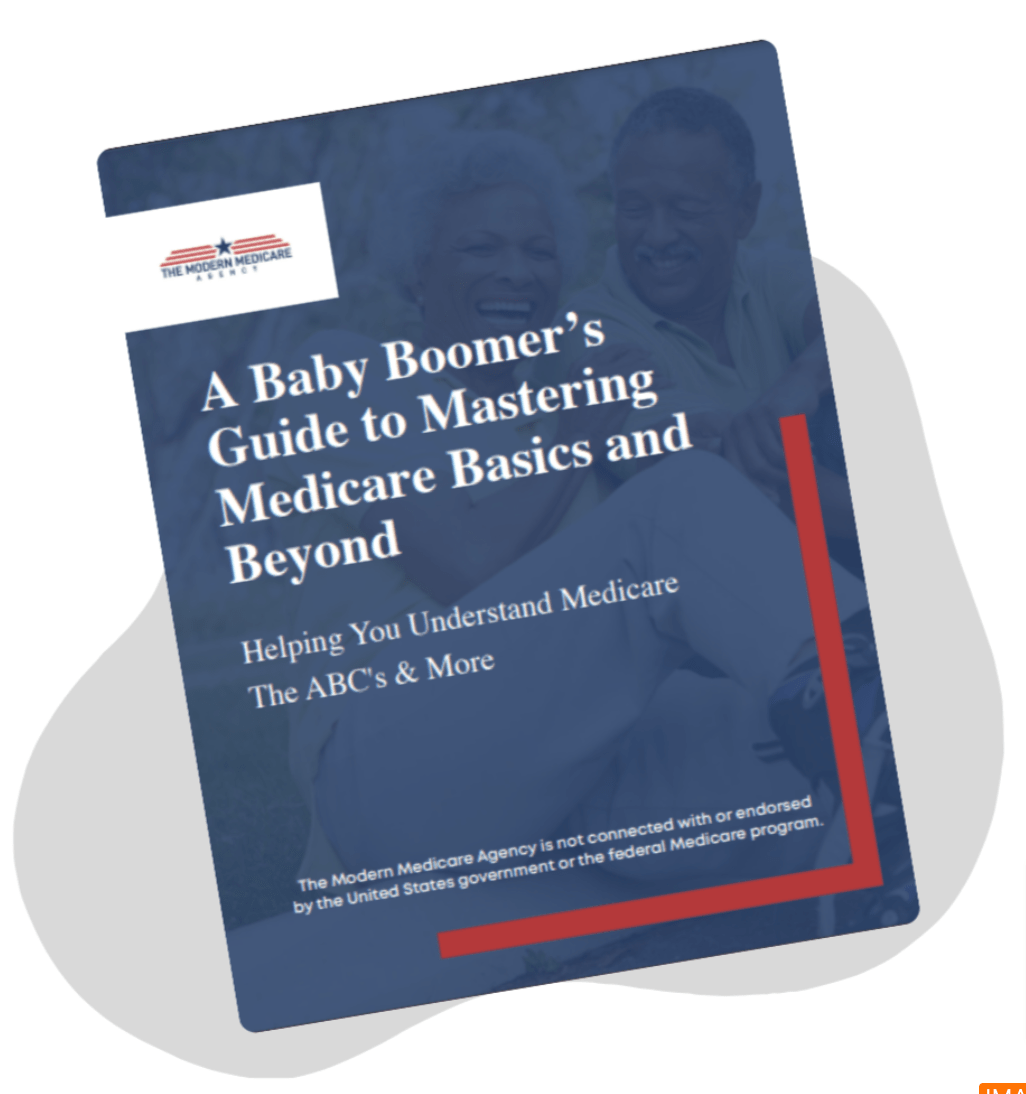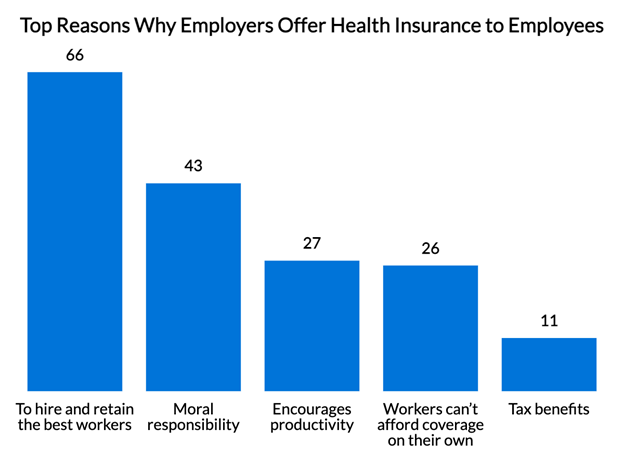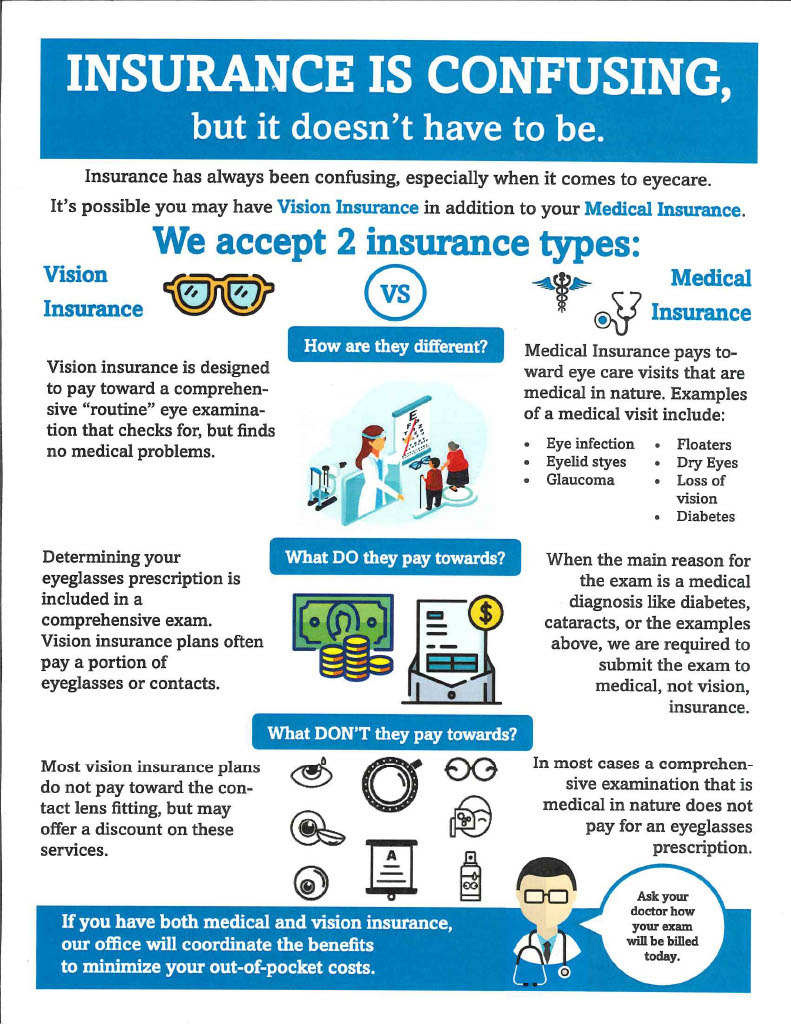The Ultimate Guide To Medicare Advantage Agent
The Ultimate Guide To Medicare Advantage Agent
Blog Article
The smart Trick of Medicare Advantage Agent That Nobody is Talking About
Table of Contents8 Easy Facts About Medicare Advantage Agent ShownThe 6-Second Trick For Medicare Advantage AgentThe Ultimate Guide To Medicare Advantage Agent
:max_bytes(150000):strip_icc()/types-of-employee-benefits-and-perks-2060433-Final-edit-60cedb43c4014fdeb51aa3cd3c25f027.jpg)

follows from confusing the relatively young reasonably profile of account uninsured with without insurance better healthFar better wellness average, of younger persons. For those without access to workplace wellness insurance policy, inadequate health and wellness is a potential obstacle to purchasing nongroup protection due to the fact that such coverage might be extremely priced, leave out preexisting problems, or be just not available. Unless or else kept in mind, national quotes of people without wellness insurance policy and percentages of the population with different kinds of insurance coverage are based on the CPS, the most extensively used resource of estimates of insurance policy coverage and uninsurance rates.

The Ultimate Guide To Medicare Advantage Agent
Over a three-year duration starting early in 1993, 72 million people, 29 percent of the united state population, lacked insurance coverage for at the very least one month. Within a single year(1994), 53 million individuals experienced at the very least a month without protection(Bennefield, 1998a). 6 out of every 10 without insurance grownups are themselves employed. Functioning does boost the chance that one and one's family participants will certainly have insurance, it is not a guarantee. Also members of families with two permanent breadwinner have almost a one-in-ten possibility of being without insurance (9.1 percent without insurance rate)(Hoffman and Pohl, 2000 ). The connection in between medical insurance and accessibility to care is well developed, as documented later on in this phase. Although the connection in between medical insurance and health and wellness outcomes is neither straight nor basic, a substantial scientific and health services study literature links wellness insurance policy coverage
to enhanced accessibility to care, far better quality, and improved personal and populace wellness standing. The 2nd report, on individual health results for uninsured grownups, is represented by the innermost circle of the number, while the 3rd record, on family members well-being, includes the topics of the 2nd report but highlights a various system of evaluation, particularly, the family. The sixth report in the collection will offer details regarding techniques and efforts embarked on locally, statewide, or nationally to resolve the lack of insurance and its adverse influences. Degrees of analysis for analyzing the effects of uninsurance. This discussion of health insurance policy coverage concentrates mostly on the U.S. populace under age 65 since essentially all Americans 65 and older have Medicare or other public insurance coverage.
In addition, it concentrates specifically on those without any type of wellness insurance for any type of size of time. The troubles faced by the underinsured are in some areas similar to those dealt with by the without insurance, although they are typically less severe. Uninsurance and underinsurance, however, involve definitely different policy problems, and the methods for addressing them may differ. Throughout this study and the 5 reports to follow, the main emphasis gets on individuals without medical insurance and therefore no support in paying for health care past what is readily available through charity and safeguard establishments. Health and wellness insurance coverage is an effective element influencing invoice of care since both clients and doctors reply to the out-of-pocket price of solutions. Wellness insurance, nonetheless, is neither needed neither adequate to access to medical services. However, the independent and straight effect of wellness
insurance policy coverage on accessibility to health and wellness solutions is well developed. Others will obtain the healthcare they need also without health insurance, by spending for it out of pocket or seeking it from companies who supply care cost-free or at extremely subsidized rates. For still others, medical insurance alone does not make sure receipt of treatment as a result of various other nonfinancial barriers, such as an absence of healthcare providers in their area, limited access to transport, illiteracy, or etymological and social differences. Formal study regarding without insurance populations in the United States dates to the late 1920s and very early 1930s when the Board on the Price of Medical Treatment generated a collection of records regarding funding physician workplace sees and hospitalizations. This concern came to be prominent as the numbers of clinically indigent climbed up throughout the Great Depression. Empirical research studies constantly sustain the link in between accessibility to care and boosted health and wellness end results(Bindman et al., 1995; Starfield, 1995 ). Having a regular source of treatment can be considered a predictor of access, instead of a straight measure of it, when health outcomes are themselves utilized as accessibility indications. This expansion of the idea of access measurement was made by the IOM Committee on Checking Accessibility to Personal Healthcare Services(Millman, 1993, p. Whether or not parents are guaranteed shows up to affect whether their youngsters obtain treatment along with just how much careeven if the youngsters themselves have coverage(Hanson, 1998). The health of parents can affect their ability to look after their children and the level of family members stress. Stressing over their children's accessibility to care is itself a resource of stress and anxiety for moms and dads. 3 phases adhere to in this report. Phase 2 supplies an overview of exactly how employment-based medical insurance, public programs and individual insurance policy policies operate and connect to provide extensive but insufficient insurance coverage of the united state populace. page This includes a click now testimonial of historical trends and public policies influencing both public and personal insurance, a discussion of the interactions amongst the different kinds of insurance policy, and an exam of why people move from one program to an additional or wind up

Report this page